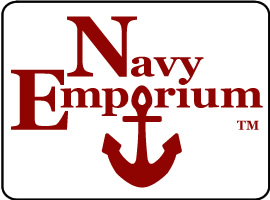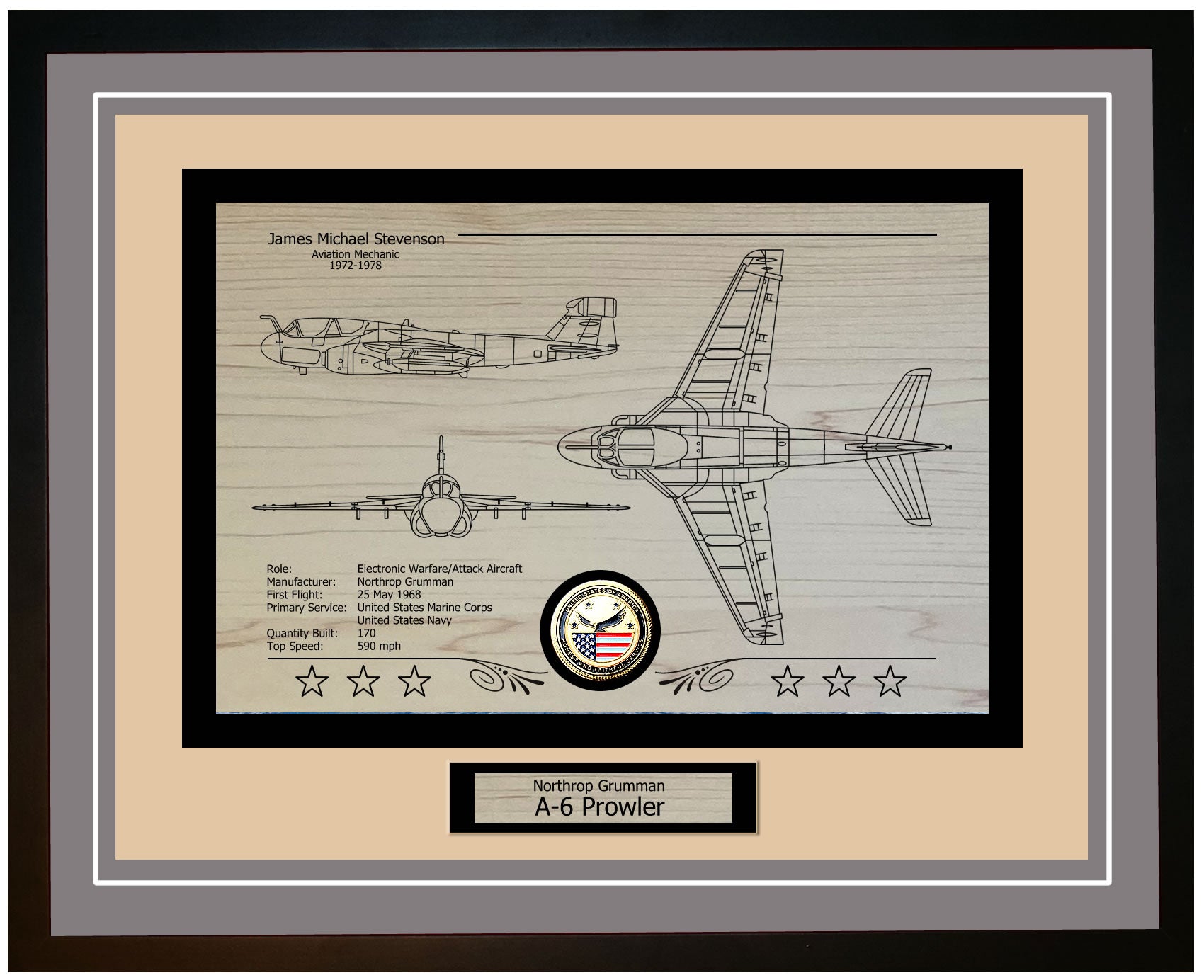The USS Aludra AF 55, a fleet replenishment oiler was built by the National Steel and Shipbuilding Company in San Diego, California. Construction began on August 23, 1944. The ship was launched on October 14, 1944. It joined the United States Navy on June 19, 1952 under the command of CDR Ralph Moureau.
Named after the star Aludra, known as the brightest in the Canis Major constellation and meaning "the virgin" in Arabic this choice honored the Navys tradition of naming ships after bodies. The USS Aludra AF-55 became the Navy ship with this name.
A notable feature of the USS Aludra AF-55 was its capability to provide fuel, ammunition and supplies to ships during replenishment operations at sea. This function played a role in supporting Navy missions by enabling ships to remain operational for extended periods without returning to port for refueling.
As part of the Alstede class replenishment oilers designed to serve carrier strike groups and naval task forces, the USS Aludra AF 55 played a role in supporting operations. These vessels played a role in ensuring the Navy's ships were well equipped and fueled during their deployments enabling them to carry out their duties effectively.
During its time in the Navy, the USS Aludra AF 55 was known for its efficient support to the fleet. The ships reputation lives on through the memories of those who served on board and in the Navy's operations worldwide.
Unveiling the Power of USS Aludra AF-55: A Closer Look at the Navy's Mighty Arsenal
The USS Aludra AF 55, a combat support vessel was commissioned back in 1952. With a length of 796 feet and a beam of 107 feet it stands as one of the ships, in the US Navy fleet. Propelled by two boilers and two steam turbines it can cruise at a speed of 16 knots. Manned by a crew exceeding 290 sailors the ship can transport up to 177,000 barrels of fuel along with ammunition and provisions for fleet vessels.
USS Aludra AF-55 Crew Member Reports of Time Aboard
The USS Aludra (AF-55) holds a special place in the hearts of its former crew members, as evidenced by the memories shared in its guestbook. These recollections span from the ship's early days in the 1950s to its decommissioning in 1969, painting a vivid picture of life aboard this storied vessel.Greg Adams and Doug Fish, both Boiler Technicians Second Class (BT2) in 1966, recall the ship's frequent visits to Da Nang, Vietnam. Adams vividly remembers offloading 2,000 crates of potatoes at the new piers and enjoying shore liberty at the Marine EM Club. Fish echoes the hard work but fondly remembers the camaraderie and the ship's distinction as one of the first to dock at Da Nang's new piers.
Steve Hall, a Radioman Third Class (RM3) in 1967, recently reconnected with his shipmates and shared his current life in Kingwood, Texas. Red Harris, a Boatswain's Mate Third Class (BM3) in 1964, humorously recalls the ship's flag at port side #2 station, which read, "you might whip our potatoes but you can't beat our meat!" He proudly notes the Aludra's role in four West Pacific cruises from 1964 to 1967.
Cleland Hepp, speaking on behalf of his father who served as an E4 in 1963, seeks proof of boots on the ground in Da Nang to secure pension benefits for his mother. Melvin Johnson's widow shares her late husband's stories of navigating rivers without ammunition, highlighting the dangers faced by the crew.
George Kovacich, a Seaman Third Class (SN-3) in 1967, likens his time on the Aludra to "floating shore duty," praising the liberty ports and the exceptional crew. Tom Kreinbring, a Yeoman Third Class (YN3) in 1958, fondly remembers his time in the ship's office and the great sailors he worked with.
Mike Lewis, who served as both a Yeoman Second Class (YN2) and a Fireman (FN) in 1968, recalls starting in the boiler room before moving to the ship's office due to his typing skills. He reminisces about his shipmates, including Doug Fish, Howland, Bruce Betcher, Tom Evans, Gary Collins, Jim Mowbray, and Jeff Pounds.
Juan Perez, a Fireman Apprentice in 1967, recounts his first shipboard duty on the Aludra, making several overseas trips until the ship's decommissioning in 1969 at Mare Island, Vallejo, California. Pete Peterson, an Electrician's Mate Third Class (EM3) in 1957, describes his time on supply runs from San Francisco to Japan and the Philippines as some of the best years of his life.
William Rennecker, an Electronics Technician Second Class (ETR-2) in 1965, seeks to reconnect with fellow Vietnam and South China Sea veterans. Dave Sneade, a Seaman Apprentice/Seaman (SA/SN) in 1960, recalls reporting to the Aludra right after boot camp and the challenging yet enjoyable underway replenishments (UNREPs), especially the night operations.
Albert Stone, a Boatswain in 1963, is looking for proof from other crew members that the Aludra dry-docked in Da Nang Harbor to support his battle with three types of cancer. Richard Tate, a Radioman Second Class (RM2) in 1952, fondly remembers commissioning the "Lulu Bell" at the Philadelphia Navy Yard and his near decision to reenlist to stay on the ship.
Finally, Randy Wasson, a Machinist's Mate Third Class (MM3) in 1967, recalls working with a great group of guys in A Gang and the hard work during UNREPs, which were also filled with good times.
These memories collectively highlight the USS Aludra's significant role in the lives of its crew, marked by hard work, camaraderie, and unforgettable experiences.
USS Aludra AF-55: Evolution of a Fleet Sustainer
The USS Aludra (AF 55) underwent upgrades during its time in service ensuring it remained a valuable asset to the U.S. Navy. Initially put into service in 1944 as a refrigerated stores ship, its main duty was transporting goods to naval units. Over time the Aludra saw various technological improvements, such as refrigeration systems, advanced navigation tools and upgraded communication systems. These enhancements not only prolonged the ships life but also improved its efficiency and reliability in supporting logistics.
The USS Aludra played a role in the Navys operations. Its primary task was delivering frozen provisions to ships and shore stations to ensure naval personnel had access to supplies regardless of their location. With its storage space and modern refrigeration units, it could transport a range of perishable items like fruits, vegetables, dairy products and meats. This capability proved crucial during deployments when access, to provisions was limited.
The Aludra was well equipped to handle replenishment while underway enabling it to transfer supplies to ships, in motion. This capability allowed for the readiness of the fleet without relying on port visits.
The USS Aludra made invaluable contributions to the fleet. Throughout World War II, it played a role in supporting operations in the Pacific Theater by ensuring frontline units were adequately supplied. Its ability to deliver provisions directly to combat zones boosted morale and enhanced naval effectiveness. After the war the Aludra remained a logistical support during peacetime activities and various conflicts such as the Korean War and early Cold War period. Its consistent performance established it as an asset within the Navys supply chain.
The USS Aludra showcased the role of support vessels in naval strategies. While combat ships often take stage success in operations relies heavily on seamless coordination with supply and support vessels, like the Aludra. By ensuring that combat units had supplies and remained operational this ship played a part in upholding fleet efficiency and readiness.
The historical significance emphasizes the role of assistance, in attaining naval dominance and shines a light on the frequently disregarded contributions of support vessels to military victories.
USS Aludra AF-55: A Storied Voyage Through Conflict and Commendation
The USS Aludra (AF 55) played a role in important deployments during its active years mainly focusing on providing logistical support for naval operations. Serving as a stores ship, the Aludra was responsible for delivering refrigerated supplies, dry provisions and other essential materials to units stationed at sea and in remote areas. This duty was particularly significant during deployments when receiving supplies from shore bases was not feasible. With its range and capacity, the ship could assist in a range of missions to ensure that frontline units were well supplied and prepared for combat.
In the Korean War the USS Aludra played a role in supporting the forces of the United Nations in the region. Its capability to deliver frozen provisions directly to combat ships and support vessels provided a logistical advantage. The Aludra's activities during this time involved trips between supply depots in Japan and the operational zones near the Korean Peninsula. This consistent support helped maintain the pace of blockade and bombardment missions contributing to the success of the United Nations endeavors during the conflict.
During the Vietnam War the USS Aludra showcased its role in logistics once again. It played a part in resupplying the Seventh Fleet during combat operations along Vietnams coast. The Aludra's ability to deliver supplies directly to ships on the gunline and remote coastal bases was essential for sustaining the fleets efficiency. Despite facing circumstances like enemy threats and navigating contested waters the Aludra carried out its missions with precision and reliability highlighting its significance in supporting the broader war efforts.
Throughout its service the USS Aludra received accolades and praises for its performance, being honored with the Korean Service Medal and Vietnam Service Medal. It earned the Navy Unit Commendation for its service during the Vietnam War showcasing the crew's commitment and professionalism. These awards stand as a testament to the USS Aludra's role in upholding operations and leaving a lasting legacy, within the United States Navy.
USS Aludra AF-55 Ship Specifications
| Specification | Details |
|---|---|
| Class | Alstede Class Stores Ship |
| Commissioned | June 19, 1952 |
| Displacement | 15,500 tons |
| Length | 459.2 feet |
| Beam | 63 feet |
| Draft | 28 feet |
| Speed | 16 knots |
| Complement | 292 |






